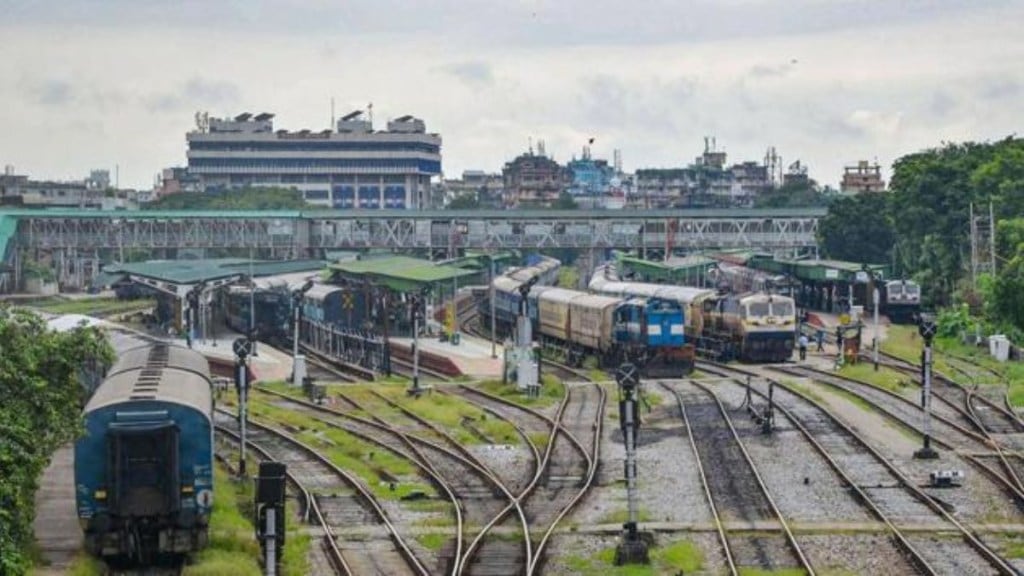Western Railway is implementing the Kavach system across a 789 km stretch with 90 locomotives. As of now, loco trials have been successfully completed over 405 km, and 60 out of the 90 locos have been equipped with the system. The railway aims to commission 735 km of this system by the end of the fiscal year 2024-25.
According to a statement issued by Vineet Abhishek, Chief Public Relations Officer of Western Railway, the Kavach system is designed to support train speeds of up to 200 km/h.
This system provides critical assistance to loco pilots by preventing Signal Passing at Danger (SPAD) and ensuring continuous speed supervision. The technology also features a display in the loco pilot’s cab that shows signal aspects and movement authority, significantly enhancing collision protection.
What is the Kavach system?
Indian Railways is making significant strides in enhancing train safety with its indigenously developed Automatic Train Protection (ATP) system, Kavach. This advanced technology, created by the Research Designs & Standards Organization (RDSO), aims to improve safety and efficiency on the rails by automatically applying brakes if a loco pilot fails to do so, especially during adverse weather conditions.
Kavach implementation on Western Railway routes
- Virar-Surat-Vadodara (Automatic Signalling) Section: Out of 336 km, 201 km have been completed.
- Vadodara-Ahmedabad (Automatic Signalling) Section: Loco trials for 96 km have been successfully concluded.
- Vadodara-Ratlam-Nagda (Non-Automatic Signalling) Section: 108 km out of 303 km have been completed, with final testing and commissioning underway.
- Mumbai Central – Virar Suburban (Automatic Signalling) Section: The contract for the 54 km stretch has been awarded, and survey work is in progress.
Indian Railways’ zero accident goal
The Kavach system aligns with CENELEC standards EN50126, 50128, 50129, and 50159 (SIL-4), reflecting its robust safety and reliability. By implementing this technology, Indian Railways is reinforcing its commitment to achieving a ‘zero accident’ goal, enhancing both the safety of passengers and the efficiency of rail operations.
